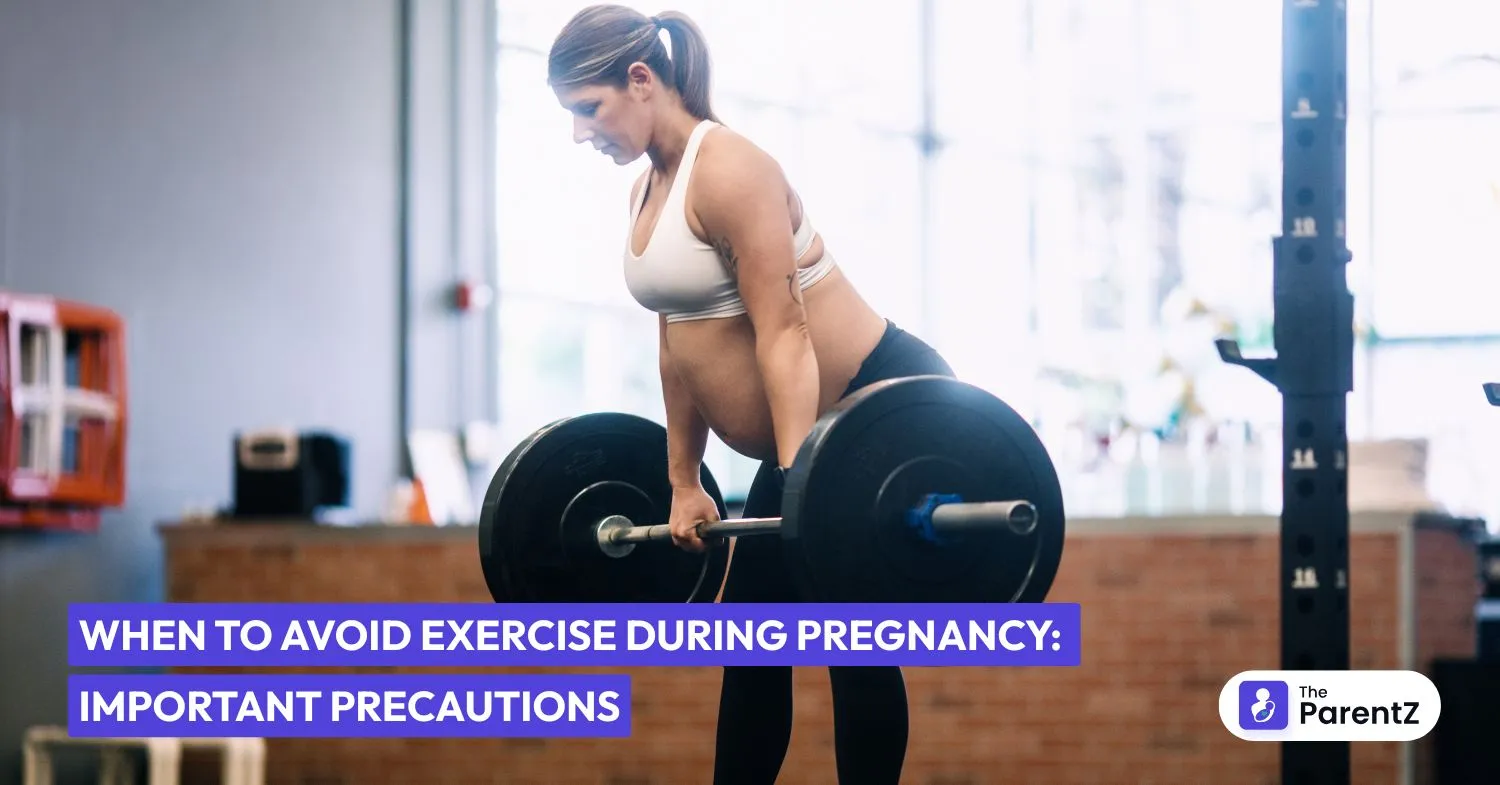For many expectant mothers, staying active during pregnancy feels empowering. Movement can ease aches, boost mood, and even support a smoother labor. But just like every pregnancy is different, so are the guidelines around exercise. Sometimes, the safest choice is knowing when not to push through a workout.
Pregnancy is a time to listen to your body like never before. While gentle activity is encouraged for most, certain conditions or warning signs mean it’s time to hit pause—or modify your routine under medical guidance.
This article helps you understand when to avoid exercise during pregnancy, the signs that require immediate attention, and how to navigate physical activity safely with compassion and confidence.
The Benefits of Exercise in Pregnancy
Before diving into the precautions, it’s important to recognize that moderate, regular exercise is typically safe and beneficial for low-risk pregnancies. It can help:
- Improve sleep and energy levels
- Reduce back pain and swelling
- Strengthen muscles for labor and delivery
- Prevent excessive weight gain
- Lower the risk of gestational diabetes and preeclampsia
- Support mental health and reduce anxiety
But these benefits only apply when exercise is done with care, awareness, and medical approval.
When Exercise May Not Be Safe
Certain medical or obstetric conditions make exercise potentially unsafe. If you have any of the following, your provider may advise against physical activity—or recommend specific limits.
1. Incompetent or Short Cervix
This condition increases the risk of preterm labor. Exercise may place added pressure on the cervix and is usually avoided unless your provider says otherwise.
2. Placenta Previa (after 26 weeks)
When the placenta covers the cervix, it can cause dangerous bleeding. Strenuous activity or anything that increases intra-abdominal pressure is usually restricted.
3. Vaginal Bleeding or Spotting
Persistent or unexplained bleeding should be evaluated before resuming any physical activity.
4. Preterm Labor or History of Preterm Birth
If you’ve had signs of early labor or are at high risk, your provider may recommend limiting activity to reduce uterine stimulation.
5. Severe Anemia
Low iron can leave you weak, lightheaded, and short of breath, symptoms that can worsen with exercise.
6. Heart or Lung Disease
Pregnancy already challenges the cardiovascular and respiratory systems. Any pre-existing condition may require activity restrictions.
7. Preeclampsia or High Blood Pressure
These conditions increase your risk of complications. High-intensity or unsupported activity can elevate blood pressure further and is typically avoided.
8. Multiple Gestation with Risk of Preterm Labor
Carrying twins or more can place additional strain on your body. Exercise may need to be adjusted—or paused—based on your provider’s guidance.
9. Persistent or Severe Headaches or Dizziness
These symptoms may signal issues like high blood pressure, low blood sugar, or neurological concerns. They require evaluation before continuing any physical exertion.
Warning Signs to Stop Exercise Immediately
Even if you’ve been cleared for physical activity, it’s crucial to know when to stop mid-workout and seek medical advice. Call your provider if you experience:
- Vaginal bleeding or fluid leakage (possible rupture of membranes)
- Regular painful contractions
- Chest pain or shortness of breath before exertion
- Dizziness or feeling faint
- Muscle weakness affecting balance
- Calf pain or swelling (possible clot)
- Decreased fetal movement
- Severe abdominal or pelvic pain
If you’re ever in doubt, err on the side of caution and stop. Your safety—and your baby’s—comes first.
Exercises and Activities to Avoid During Pregnancy
Even in a healthy pregnancy, certain types of activity are not recommended due to increased risk of injury or harm.
Avoid:
- Contact sports (e.g., soccer, basketball, boxing)
- High-risk activities (e.g., skiing, horseback riding, scuba diving)
- Hot yoga or high-heat environments
- Deep backbends or abdominal twists
- Heavy lifting or high-impact movement that strains the pelvic floor
- Exercises that involve lying flat on your back after the first trimester (can reduce blood flow to the baby)
These can pose risks due to falls, overheating, or compromised circulation.
Safe Alternatives for Most Pregnant People
If your pregnancy is progressing normally and you’ve received the green light from your healthcare provider, consider these lower-risk activities:
- Walking: Low-impact and accessible
- Swimming: Relieves pressure on joints and helps with swelling
- Prenatal yoga or Pilates: Strengthens the core and promotes relaxation
- Stationary biking or elliptical: Provides cardio without impact
- Strength training with light weights: Builds endurance with proper technique
Always warm up, stay hydrated, and avoid overheating. The goal is movement, not intensity.
Special Considerations for High-Risk Pregnancies
If you’ve been told you’re at high risk due to health concerns, age, past pregnancy complications, or other factors, you may be advised to reduce or avoid activity altogether. In some cases, modified bed rest may be recommended.
This doesn’t mean you’re doing anything wrong—it’s simply about preserving your health and your baby’s well-being.
You can still support your body in other ways:
- Gentle stretching (if approved)
- Deep breathing exercises
- Mental relaxation techniques like meditation or guided imagery
These practices may help you feel more connected and calm without putting your body under stress.
Conclusion: Know Your Limits And Trust Them
Exercise can be a powerful ally during pregnancy, but it’s not a one-size-fits-all prescription. Knowing when to pause, slow down, or skip the workout is just as important as staying active.
It’s okay to rest. It’s okay to prioritize stillness over sweat. And it’s okay to ask your provider as many questions as you need to feel safe and supported.
Pregnancy isn’t the time to “push through pain” or prove your strength. It’s a time to honor the incredible work your body is already doing, and that sometimes means choosing rest over reps.








Be the first one to comment on this story.